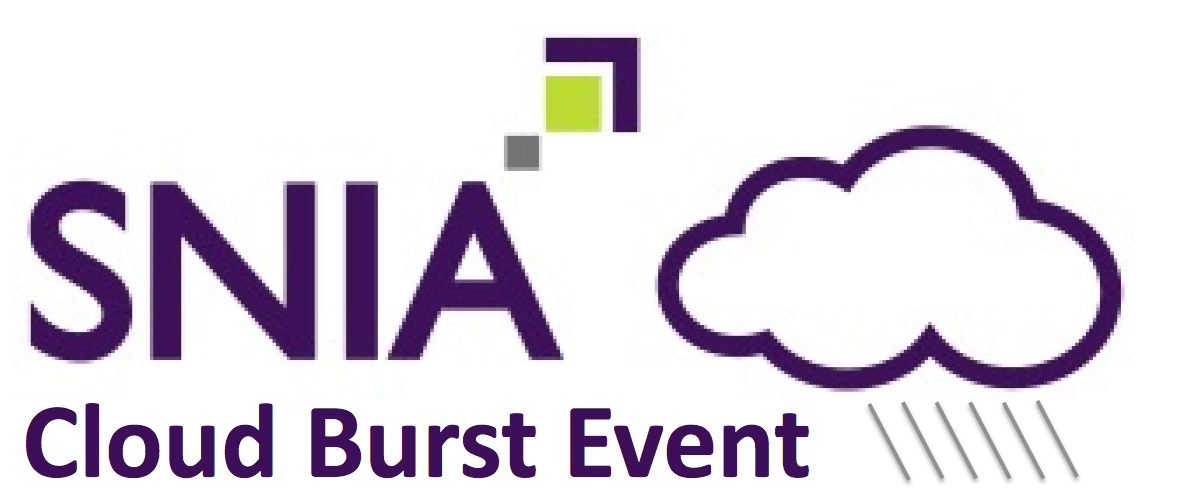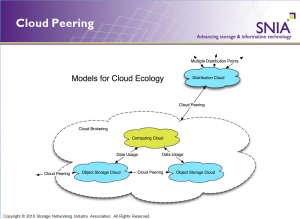Validating yet another feature of the CDMI standard (see previous post for an earlier one), Amazon announced their Object Expiration feature for S3. While not a new concept for storage interfaces, it is the first cloud implementation of this capability that I know of. The idea is simply to have the server side of the cloud do object deletion on your behalf automatically, once the lifecycle of that data has completed.
As part of overall Data Lifecycle Management, object deletion is the most common terminal state for data. CDMI has standardized the interface for this capability in cloud storage with a comprehensive Retention and Hold Management feature (Chapter 17). The granularity of the standard CDMI feature is finer than that of the S3 feature in that it allows for retention and deletion on individual objects (although you could accomplish this in S3 with prefix = object name, it doesn’t scale using the header fields that Amazon uses). The S3 prefix mechanism can be used to scope the expiration policy down to individual “directories” (forward slash terminated parts of object names), and CDMI allows this also for the semantically equivalent CDMI sub-containers.
Complying with Regulations
Although the ability to delete objects when their lifecycle completes is useful, it is insufficient for complying with regulations such as Sarbanes-Oxley, or for eDiscovery needs during litigation. For most enterprises, they need to show that the data has not been modified during its lifecycle. In addition, if a subpoena is issued for the data – you DO NOT want the object deleted, even if it’s retention period has expired – this can cost you millions of dollars in a pending court case…
The CDMI standard anticipates that storage clouds will want to offer a more robust, full featured retention and hold management for corporate data, and that a standard means of achieving it will be needed. Take a quick look at Chapter 17 (it’s quite compact while being comprehensive) and investigate using the standard way to achieve this function. If you are a cloud vendor trying to emulate the S3 interface, good luck to you – Amazon will continue to expand the definition of what “S3” means (like adding this feature), forcing you to constantly modify your cloud’s storage interface to keep up (as well as requiring you to reverse engineer any bugs that exist).


 This is an event that is squarely focused on Cloud Storage and brings together end users, cloud providers and storage vendors for a unique experience including demos, a showcase and in depth sessions on this part of the overall cloud industry. More information is available on the
This is an event that is squarely focused on Cloud Storage and brings together end users, cloud providers and storage vendors for a unique experience including demos, a showcase and in depth sessions on this part of the overall cloud industry. More information is available on the 